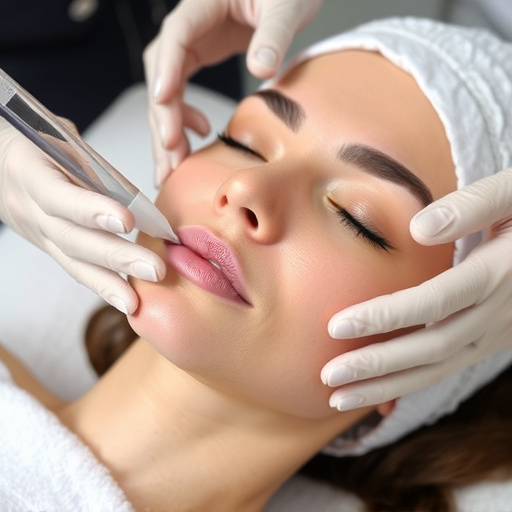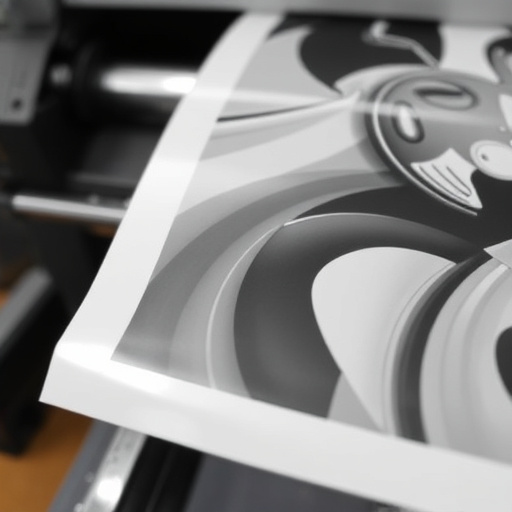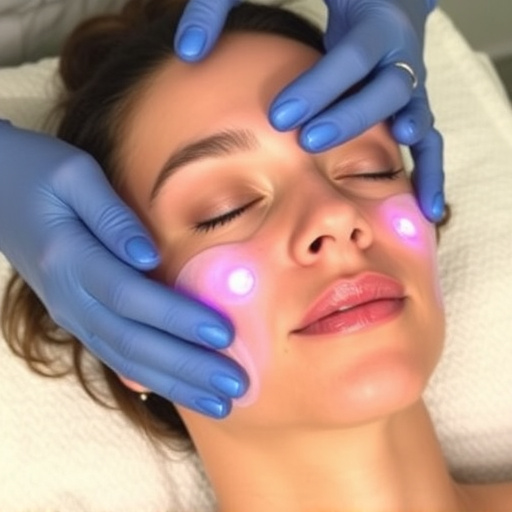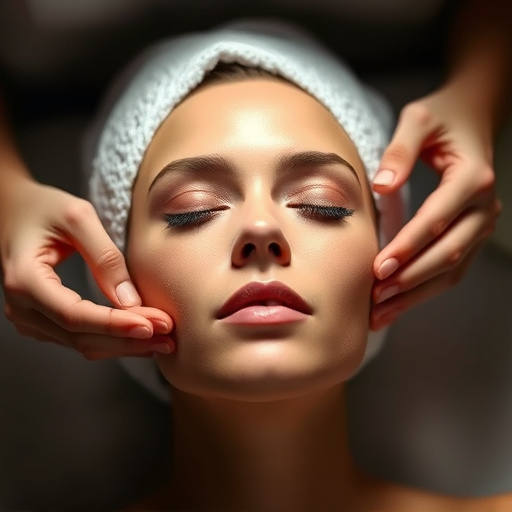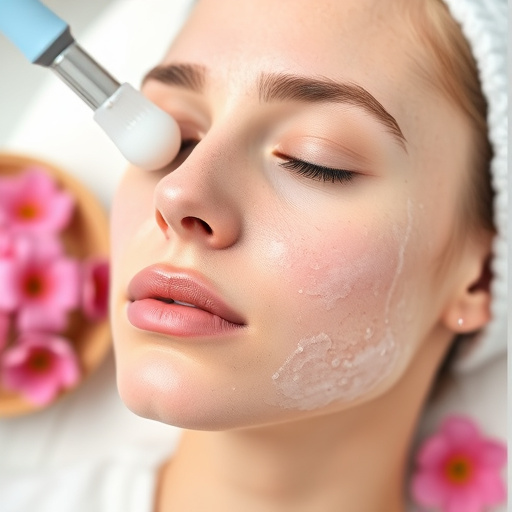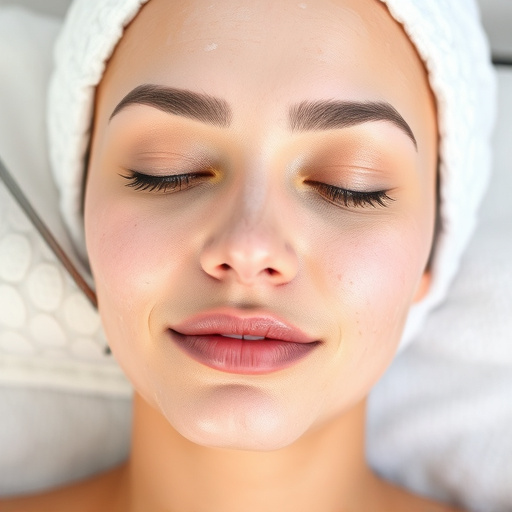Fine lines treatment varies based on skin type, age, and sensitivity. Dry skin addresses deep lines through hydration and moisture retention, mature skin uses non-invasive procedures like Botox or threads for deeper lines in sun-exposed areas, while oily or combination skin focuses on balancing oil production with pore refining. For sensitive skin, non-invasive treatments such as microdermabrasion, chemical peels, and transdermal RF therapies offer safe alternatives to stimulate collagen production and enhance texture without harsh chemicals or needles. Tailored strategies include using Salicylic Acid for oily skin, hyaluronic acid gels for hydration without shine, intensive moisture with humectants for dry skin, and targeted gel cleansers and balanced moisturizers for combination skin.
“Uncover expert tips for tackling fine lines, catering to diverse skin types. This comprehensive guide explores the causes and various categories of these subtle age signs. For delicate complexions, discover non-invasive treatments that offer a gentle yet effective approach. Meanwhile, personalized topical solutions target specific needs: oily, dry, or combination skin. Learn how to choose the right fine lines treatment, enhancing your skincare routine with proven methods for visible results.”
- Understanding Fine Lines: Causes and Types Across Skin Types
- Non-Invasive Treatments for Delicate Skin: A Gentle Approach
- Targeted Topical Solutions for Oily, Dry, and Combination Skin
Understanding Fine Lines: Causes and Types Across Skin Types
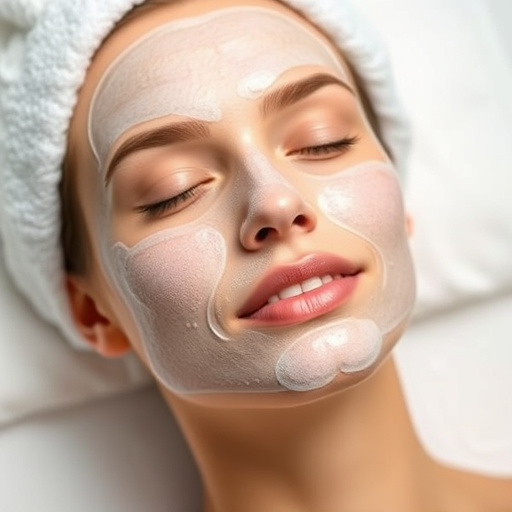
Fine lines are a natural part of the aging process, but their appearance can vary significantly across different skin types. Understanding the causes and types of fine lines specific to each skin type is essential for effective fine lines treatment.
For individuals with dry skin, fine lines often result from a lack of moisture and collagen production. Environmental factors like cold weather and low humidity can exacerbate this. Oily or combination skin types may experience fine lines due to excessive sebum production and rapid skin cell turnover. These lines tend to be shallower but more numerous. On the other hand, mature skin with reduced elasticity and collagen levels is prone to deeper, more pronounced lines, often appearing in areas of the face that are most exposed to sun damage, such as the forehead, eyes, and mouth.
When considering fine lines treatment, it’s crucial to tailor approaches based on skin type. For dry skin, a comprehensive skincare routine with hydrating ingredients can help prevent and reduce fine lines. Non-invasive procedures like chemical peels or microdermabrasion can also promote skin rejuvenation. Oily skin may benefit from treatments that target excess sebum production while strengthening the skin barrier. Anti-aging treatments such as retinoids or peptides could be effective for mature skin, alongside skin tightening techniques like Botox or threads to improve overall texture and depth of lines.
Non-Invasive Treatments for Delicate Skin: A Gentle Approach
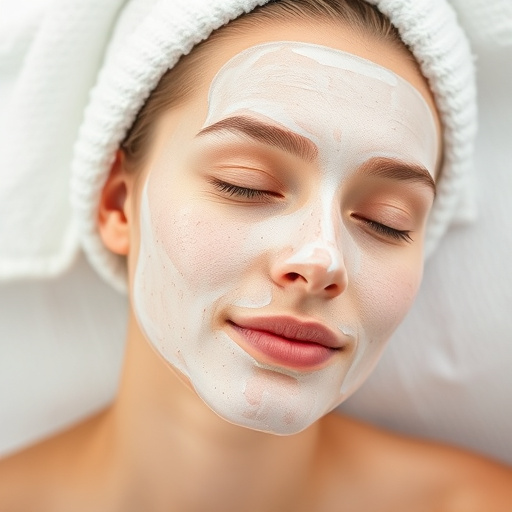
For those with delicate skin, tackling fine lines requires a gentle yet effective approach. Non-invasive treatments offer a safe and soothing solution to minimize the appearance of wrinkles without causing irritation or discomfort. One popular method is microdermabrasion, which uses a special device to gently exfoliate the top layer of skin, promoting cell turnover and revealing smoother, brighter skin beneath. This process is ideal for sensitive skin as it doesn’t involve any needles or aggressive chemicals.
Another less invasive option is chemical peels, where diluted acids are applied to the face to remove dead skin cells and stimulate collagen production. These peels can be customized to suit various skin types, including delicate ones, using milder acid concentrations. Additionally, transdermal radiofrequency (RF) treatments offer a modern twist by gently heating the dermis to boost collagen and elastin levels, leading to improved skin texture and reduced fine lines—all while maintaining the skin’s sensitivity at the forefront.
Targeted Topical Solutions for Oily, Dry, and Combination Skin
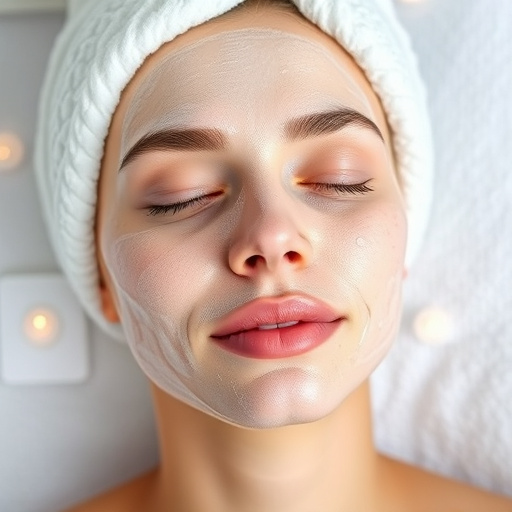
For those with oily skin, tackling fine lines often involves managing excess sebum production while hydrating the skin to prevent dryness. Topical solutions should focus on balancing the skin’s oil levels and refining pores. Salicylic acid, a beta-hydroxy acid (BHA), is an effective ingredient in reducing surface line appearance by exfoliating dead skin cells and unclogging pores, leaving the complexion smoother. Additionally, lightweight gel formulations with hyaluronic acid can provide much-needed moisture without adding shine.
In contrast, individuals with dry skin require intensive hydration to maintain skin barrier function and minimize fine lines. Look for humectant ingredients like glycerin or ceramides that attract and retain moisture. Nighttime routines can incorporate richer creams or oils to nourish the skin while it repairs itself during sleep. For those with combination skin, tailoring treatments to specific areas is key. Using a gel cleanser to control oiliness on the T-zone while hydrating the cheeks can create a balanced approach to fine line treatment, enhancing overall skin health and promoting a radiant, healthy glow through effective skin brightening techniques.
Fine lines are a natural part of aging, but with the right approach, you can effectively manage and treat them. Depending on your skin type, various non-invasive treatments and targeted topical solutions offer visible results. For delicate skin, gentle methods ensure minimal risk and maximum comfort. Oily, dry, or combination skin types benefit from tailored formulations that address specific concerns. By understanding the causes and choosing the right fine lines treatment, you can achieve a smoother, more youthful complexion.

